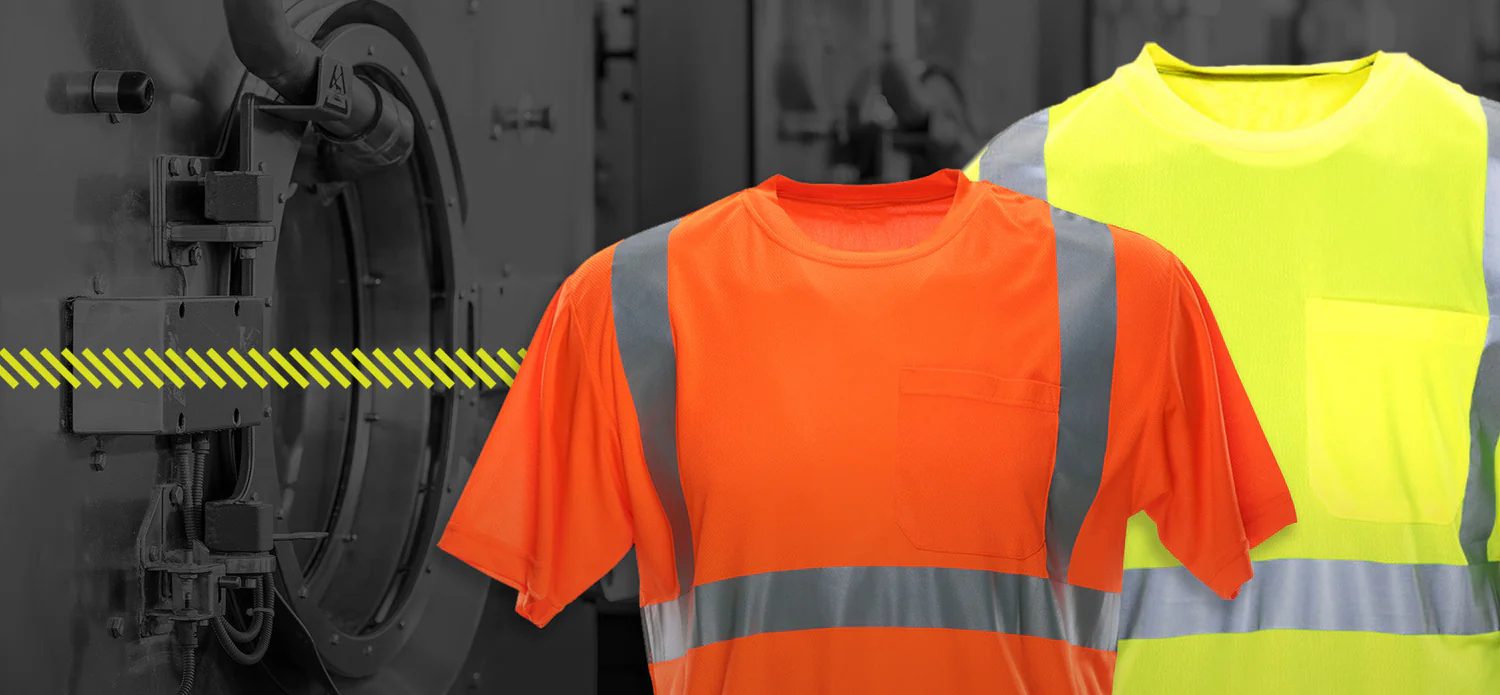How Reflective Garments Improve Protection in Low-Light Conditions
Low-light environments create a significant safety challenge across industries and daily life. Whether it is workers on construction sites, cyclists on city roads, or emergency responders at accident scenes, the risk of accidents increases dramatically when visibility is compromised. One of the most effective solutions to mitigate these risks is the use of Reflective Garments, which play a vital role in ensuring individuals remain visible and protected.
What are Reflective Garments?
Reflective garments are clothing items designed with reflective materials that return light toward its source, making the wearer stand out in dark or low-light conditions. These garments can include jackets, vests, trousers, and accessories designed for safety and visibility. Modern innovations ensure that reflective elements are seamlessly integrated into comfortable, durable fabrics. Trusted providers of Reflective Garments supply advanced apparel that meets global safety standards and provides reliable visibility in diverse conditions.
Enhancing Visibility in Low-Light Conditions
The primary function of reflective garments is to make wearers visible to others, particularly vehicle drivers and machinery operators. In environments such as construction sites, highways, and warehouses, this visibility reduces the likelihood of accidents. Reflective materials reflect light from sources like car headlights, enabling quick recognition of workers or pedestrians, even from a considerable distance.
Protection for High-Risk Professions
Reflective garments are especially critical for those in high-risk occupations. Road construction crews, traffic police, miners, and utility workers often operate in hazardous environments where low visibility is a constant challenge. By wearing reflective clothing, they ensure they are seen by drivers, coworkers, and heavy equipment operators, significantly lowering the chances of accidents.
Applications Beyond the Workplace
The benefits of reflective garments extend far beyond industrial environments. Outdoor enthusiasts such as runners, cyclists, and hikers also rely on reflective clothing to enhance safety during early mornings, evenings, or foggy conditions. In urban areas, reflective elements incorporated into casual wear and accessories have gained popularity, combining safety with style.
Durability and Comfort in Modern Designs
Modern reflective garments are not just about safety—they are also designed for comfort and longevity. Lightweight and breathable fabrics ensure that individuals can wear them for extended periods without discomfort. Reflective materials are engineered to withstand washing, weather exposure, and daily wear while maintaining their visibility properties, making them a cost-effective investment for safety.
Compliance with Safety Standards
Many industries are governed by strict regulations that require high-visibility clothing for workers. Reflective garments help employers comply with these regulations, protecting both their workforce and their business from potential penalties. Meeting these standards demonstrates a proactive commitment to worker safety and operational responsibility.
Innovation in Reflective Garment Technology
Advancements in textile technology continue to expand the capabilities of reflective garments. Flame-retardant reflective garments, stretchable fabrics, and eco-friendly materials are now available, offering solutions tailored to specific environments and industries. These innovations make reflective garments more versatile, ensuring their effectiveness across multiple scenarios.
Psychological and Productivity Benefits
Beyond physical safety, reflective garments also provide psychological reassurance. Workers and outdoor enthusiasts who know they are highly visible feel more confident and secure, enabling them to focus better on their tasks or activities. This confidence contributes to higher productivity in the workplace and greater enjoyment in recreational settings.
Conclusion
Reflective garments have become an essential tool for improving safety and reducing accident risks in low-light environments. Their ability to enhance visibility, provide comfort, and comply with regulatory standards makes them indispensable across industries and everyday use. As innovations continue to advance, reflective garments will remain a cornerstone of personal and professional safety, protecting individuals and giving them the confidence to perform at their best.







